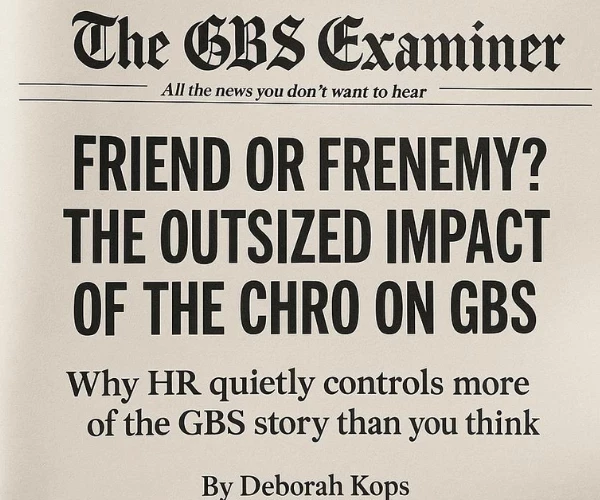
It’s a common question and a theme of so many webcasts and virtual conferences: How do procurement leaders move beyond savings?
How can you transform procurement (and more importantly, the organizational perception of procurement) from a tactical function focused on cost savings, to a strategic group creating and delivering value to the company?
It is one of the most relevant and pressing challenges for procurement executives; and it’s a balancing act: the shift to deliver broader value creation has to be done without losing the focus on cost savings.
Let’s face it, procurement without cost savings is not successful. But cost savings alone is only the tip of the iceberg for procurement’s ultimate value, and it’s a melting tip at that.

2020 and the COVID pandemic, as dreadful as they are, have put a spotlight on procurement, and the vital role it plays in an organization in terms of supply chain efficacy and performance, vendor assessments, and risk management. Procurement has been key in contributing to business success in the current environment. The time has never been better for procurement leaders to leverage this as a springboard to propel their procurement organizations towards a more robust and strategic future.
So, how do you move beyond savings?
The answer will be different for every company. Each industry is different, as is each corporate culture and the organizational appetite for change. There is no one size fits all. But there are some common focus areas in procurement organizations, which have successfully made the shift from being tactical and savings driven, to become strategic and value driven.
1. Mitigating and Managing Risk
Procurement can and should play a leading and integral role in a company’s overall risk strategy. Although Risk is a topic for a future deep dive discussion, at a high level, adding Risk as a focus for Procurement may include things such as:
- Vendor assessment and lifecycle management, and any number of component functions, for example,
- Financial “health checks” and vendor business stability
- Resiliency of supply chain, geopolitical risk, business continuity and disaster recovery plans, etc.
- Data privacy and regulatory compliance
- Information and Cyber Security
- Physical security implications
- Onboarding and offboarding of approved suppliers
- Monitoring and tracking of agreed Service Level Agreements (SLAs)
- Contract compliance and remedy management
2. Vendor Innovation
Working with business stakeholders is a key part of procurement’s role, and helping to drive programs which support vendor innovation is a great way for procurement to add additional value to the business. In fact, defining these programs and creating incentives for participation should be part of the negotiation strategy with key suppliers, and ongoing vendor lifecycle management.
Procurement is perfectly placed to know both the stakeholders’ requirements and priorities, and to understand the vendors’ motivations and the market dynamics. Ensuring that the contractual framework with the supplier supports your company’s goals for vendor partnership and innovation can be an important value driver for a company, and procurement is ideally situated to help lead this.
3. Balance of Trade
Although people often think of balance of trade in terms of a country’s GDP, and import and export levels, it absolutely applies to procurement. I’ve heard more than one CEO say, “I like to do business with companies that do business with us.” It’s a valid consideration in the purchasing process, and shouldn’t be overlooked. Companies which are both suppliers and consumers with each other often will have a predisposition to behave like partners; they look for mutually beneficial outcomes, and they help drive towards mutual success.
Now, I know some of you may think this may be a slippery slope, and that it may present a risk of questionable ethics. Of course that’s possible, as in any supplier transaction, but it doesn’t have to be. Properly managed, with adequate transparency of the processes for selection, negotiations, and contracting, coupled with strong policies and controls, the concept of Balance of Trade can be a valuable way for procurement to deliver incremental value.
In 1945, H. G. Wells wrote that “Adapt or perish, now as ever, is nature's inexorable imperative.” That’s as true today as it was then. And it applies to procurement. The move beyond savings is an adaptation that successful procurement leaders must make if their organizations are to flourish and become a valued and strategic part of the a company’s future.























